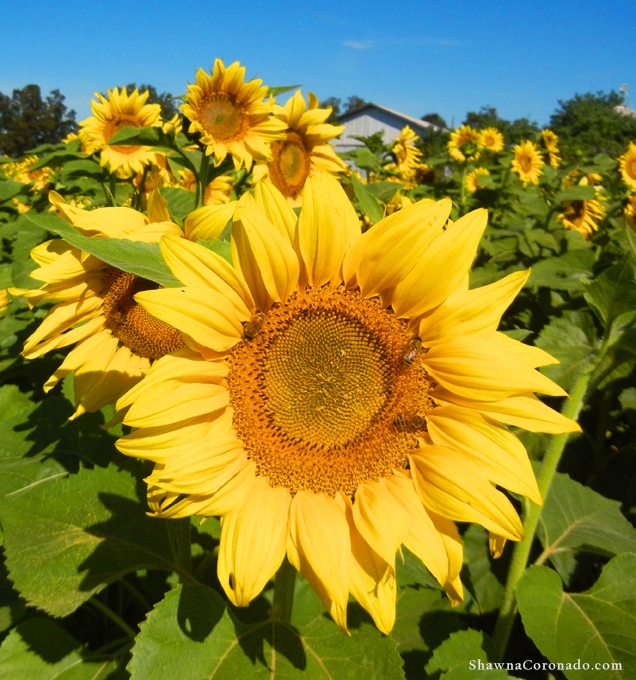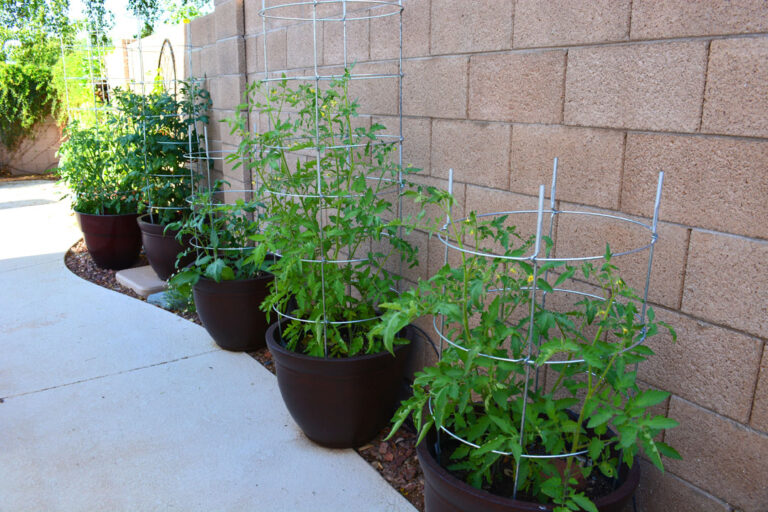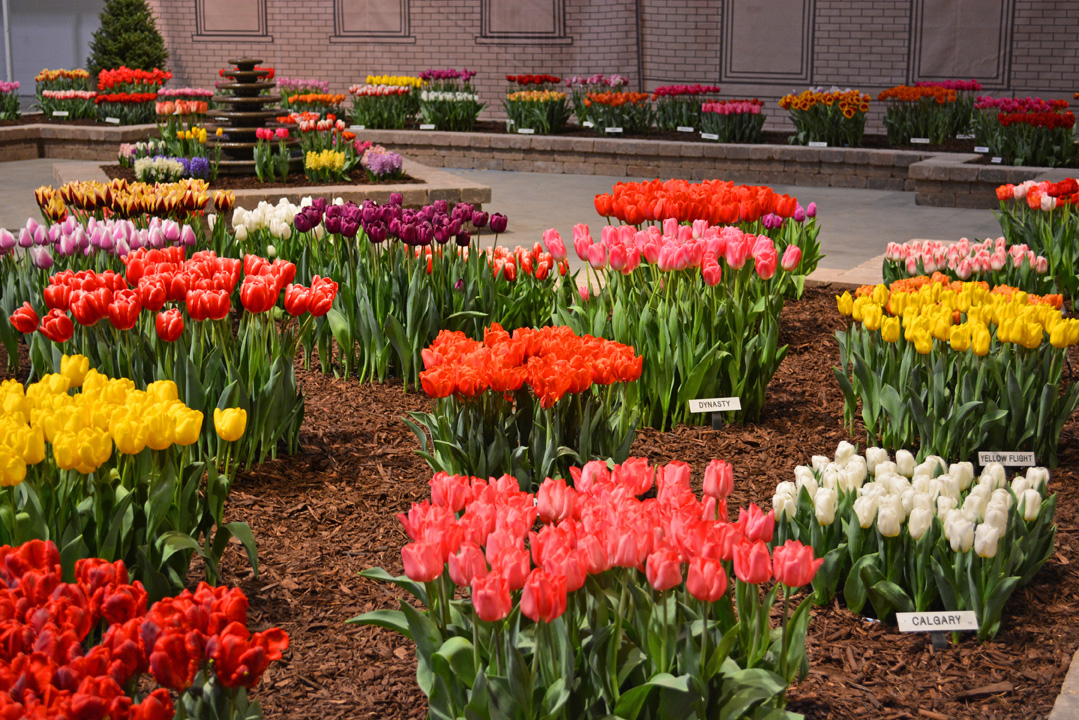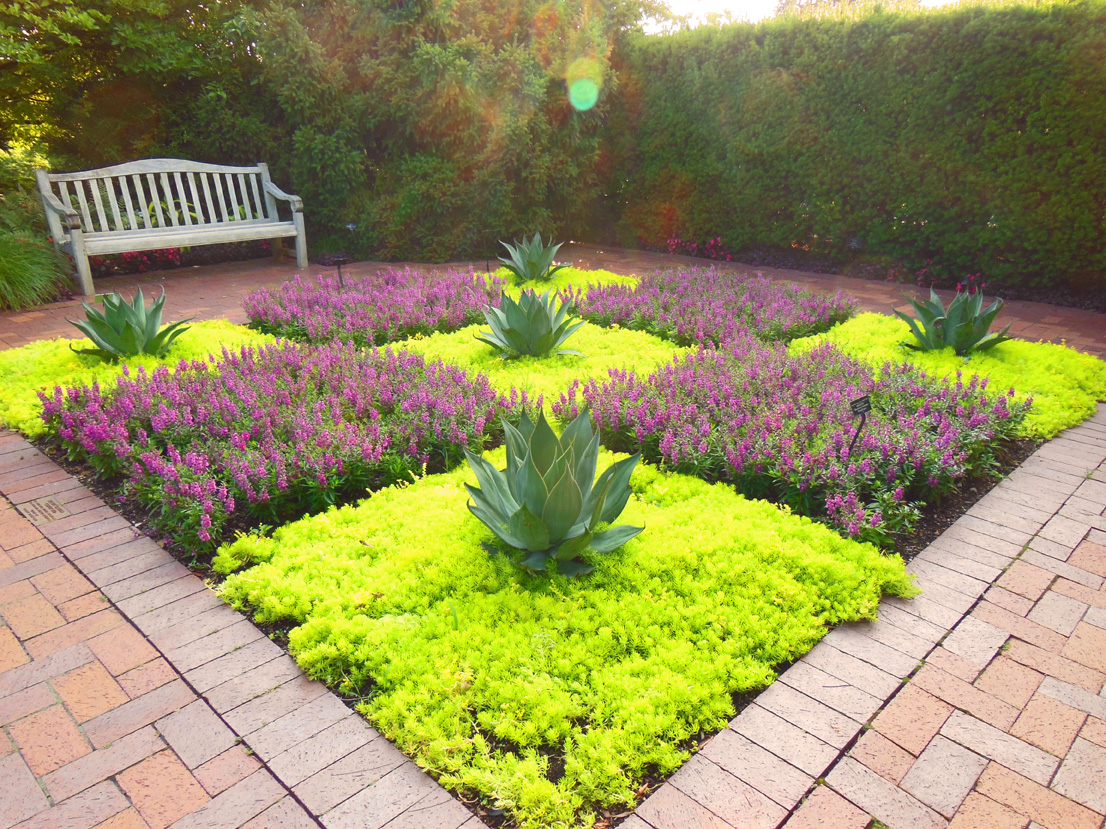How to Grow a Sunflower

Grow a sunflower in summer: one part seed, one part water, and all kinds of sunshine. Children love sunflowers because they are so easy to grow from seed. Toss seeds into the ground, give them a little love, and before you know it you will have amazing smiling flower faces standing in your garden. Modern dwarf hybrids come in shorter varieties while tall varieties bring a completely unique look to a native garden, vegetable garden, or border. Sunflower seeds and leaves emit a substance that inhibits the growth of some plants such as potatoes and pole beans.
How to Grow a Sunflower
Below is an excerpt from the Indiana Getting Started Garden Guide: Grow the Best Flowers, Shrubs, Trees, Vines & Groundcovers (Garden Guides) which can help you grow this sunny flower.
Botanical name — Helianthus annuus
Bloom Period and Seasonal Color — Summer; white, yellow, gold, red, orange, and brown flowers
Mature Height × Spread — 1 to 24 feet × 2 to 5 feet
Added Benefits – Edible, attracts pollinators and beneficial insects
Sun Requirements – Sun
Special Note – Where sunflower seeds are used as bird feed, toxins from the seed hulls will kill the grass below. These toxins are harmless to humans and animals, and the seed can be collected to feed birds or your family.
Plant seeds directly in the soil from seed after the last frost. Be sure to place it in a sunny spot. Sunflowers will do well in most soils, but providing a rich, well-drained soil with compost mixed in will help its establishment. Protect tall varieties from the wind to prevent breakage.

Growing a Sunflower Quick Tips –
Because sunflowers are so tall, their roots spread and hold the soil well; this makes them fairly adaptable to drought. However, it is best to water regularly throughout their flower growth periods, which are about eighteen days before and after flowering. In order to encourage root growth, it is better to water the plant deeply once per week, rather than shallowly several times per week.
Sunflower Advice and Care –
Some sunflowers need staking. Branches are fairly brittle and the stem has hairy spikes, so to stake or reposition the plant in any way, wear gloves. Tie the plants loosely to stakes with a soft material. If you are growing sunflowers to harvest seeds for food, keep in mind that upon ripening, squirrels and birds will eat the seeds right off the plant. Consider netting the heads to prevent pesky thieves in the garden.
Companion Planting and Design –
Grow a sunflower with other boldly colored drought-tolerant annuals such as celosia and tall zinnias. White varieties make excellent contributors to an evening or night garden as they are easily seen with moonlight. Bushy, midsized sunflowers look brilliant behind a row of purple Russian sage or grasses. Native plants and drought tolerant perennials are great with sunflowers. Large containers are lovely when filled with dwarf sunflowers surrounded by bacopa and white petunias.
Try These Sunflower Varieties –
‘Moonshadow’ has white flowers with a large black center; it’s pollen-free and multi-branching. ‘Pacino Lemon’ is one of the smallest varieties, growing between 12 to 18 inches high with a 4-inch flower head. ‘Sunzilla’ can grow up to 24 feet, although it’s more likely to grow 14 to 16 feet. For a dramatic 6-foot-tall accent in native and drought-tolerant beds, try ‘Moulin Rouge’; it is a true red with no hint of gold on multi-branching plants.
If you would like more ideas on how to grow many different plants like sunflowers, particularly in the Midwest, please pick up my book, the Indiana Getting Started Garden Guide: Grow the Best Flowers, Shrubs, Trees, Vines & Groundcovers (Garden Guides) online or at a book store and jump into natural gardening.




